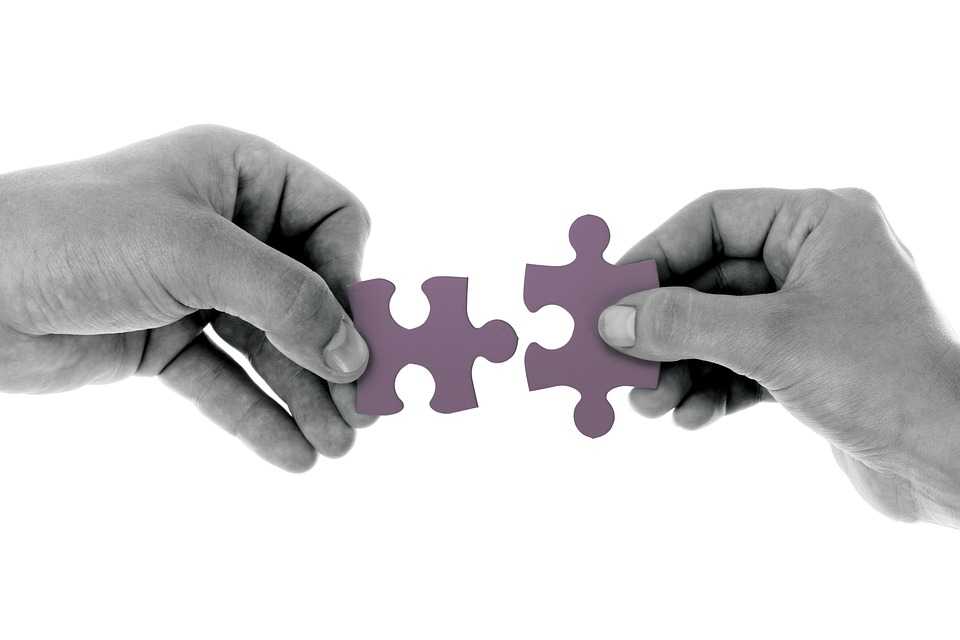
Jigsaw Puzzle
Solving puzzles is gradually becoming a hobby for most people. And the best part is that they offer several benefits other than keeping players engaged. However, beginners may find it hard to begin a jigsaw puzzle since the game requires you to master some essential skills. The good news is when you’re ready to play, it’s easy to try these puzzles online.
This guide explains helpful tips that will make you excellent at solving puzzles. Keep reading;
Select the right work area
In most cases, jigsaw puzzle games portray finished size on the box. It’s important that you select an ideal area that won’t affect your daily playing routines. For instance, if you decide to use a kitchen table, you may find that it’s a great place for solving the puzzle. However, a kitchen table may limit you in terms of adventure. A flat surface or a low-traffic area can easily contain the size of your puzzle without causing any interruptions.
Lighting is important
You need to have a superb lighting system if you want to improve your skills for solving puzzles. With good lighting, you will be able to see patterns and colors on a puzzle clearly. Although floor lamps work temporarily, they‘ll create shadows not to mention that they can strain your back. Be sure to weigh the various desk lamps options recommended and select one that you can turn without disarranging the pieces.
Turn the puzzle pieces –the picture should face up
By turning the pieces and ensuring the picture is facing up, you’ll reduce assembly time but this will need a lot of patience. Also, it’s a tedious job but worth the effort. When turning the puzzle pieces, you can select the puzzle by middle and edge and then place the middle pieces in one area and the edge pieces in another area. Also, in case you have paper plates or sorting trays, you can arrange the pieces by color. You can then arrange the remaining puzzle pieces based on center or edge. Furthermore, arranging the pieces depending on color and pattern can also help save time.
Assemble the border
After you’ve separated all the pieces, place the picture of the puzzle on your table and then place all border pieces in a single area by texture, pattern, and color. Now you can start assembling the border depending on the completed size of the puzzle and your photo. Arrange the edges according to the completed puzzle shape. For instance, round puzzles should assume rounded edge pieces.
Assemble the center
All puzzles come with knobs or hooks. By now, you’ve assembled pieces based on shape, texture, and color. Now you should start assembling them depending on whether the knobs and hooks will line up. In case they won’t line up, you will notice it. The experts recommend that players work in small puzzle pieces since some can be assembled faster than others.
Keep solving the puzzle and never give up
Puzzles are available in different sizes, shapes, and difficulty levels. In case you get exhausted when assembling the pieces, a short break will do you good. Keep in mind that solving puzzles is supposed to be a fun experience, not a tiring one. At first, you may feel overwhelmed or frustrated but you should not give up. Keep puzzling to sharpen your skills and you will grow to love the game.






